Telling stories of Cats in the New Year
English - Ngày đăng : 16:17, 22/01/2023
Cat: 40... milion years old
Cats belong to the order of carnivores. This order appeared on earth during the Paleogene (Old Paleolithic) about 40 million years ago. But now, the oldest remains of cats were found in the Pleistocene period (that is, the same time as prehistoric people- nearly a million years ago).
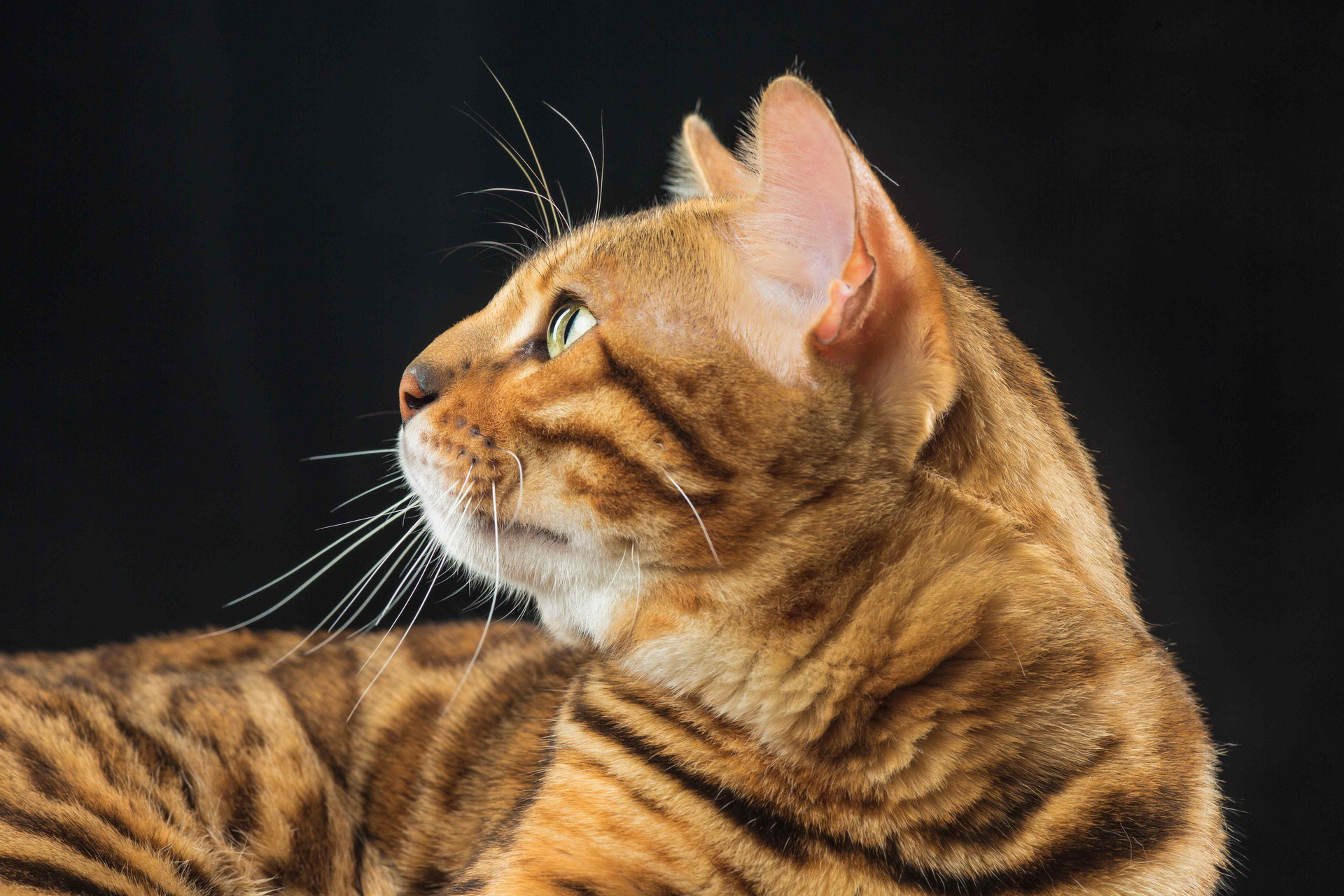
There have been many cat fossils found in Europe, Africa and Asia. The oldest specimen in Asia was found in Harappa in the Indus Valley about 4,000 years ago. Meanwhile, samples dug up in Europe showed some similar to today’s European wildcats (Felis silvestris), some to African wildcats (Felis libyca), some to both species. Therefore, so far the origin of the cat’s ancestor has not been determined.
Domestic cats ... 4000 years
Archaeological remains showed right at the Paleolithic age -12,000 BC and the Mesolithic - the Middle Stone Age- 12,000 - 6,000 BC- the periods when both hyenas and monkeys were also raised in Egypt, cats were still absent from human life.
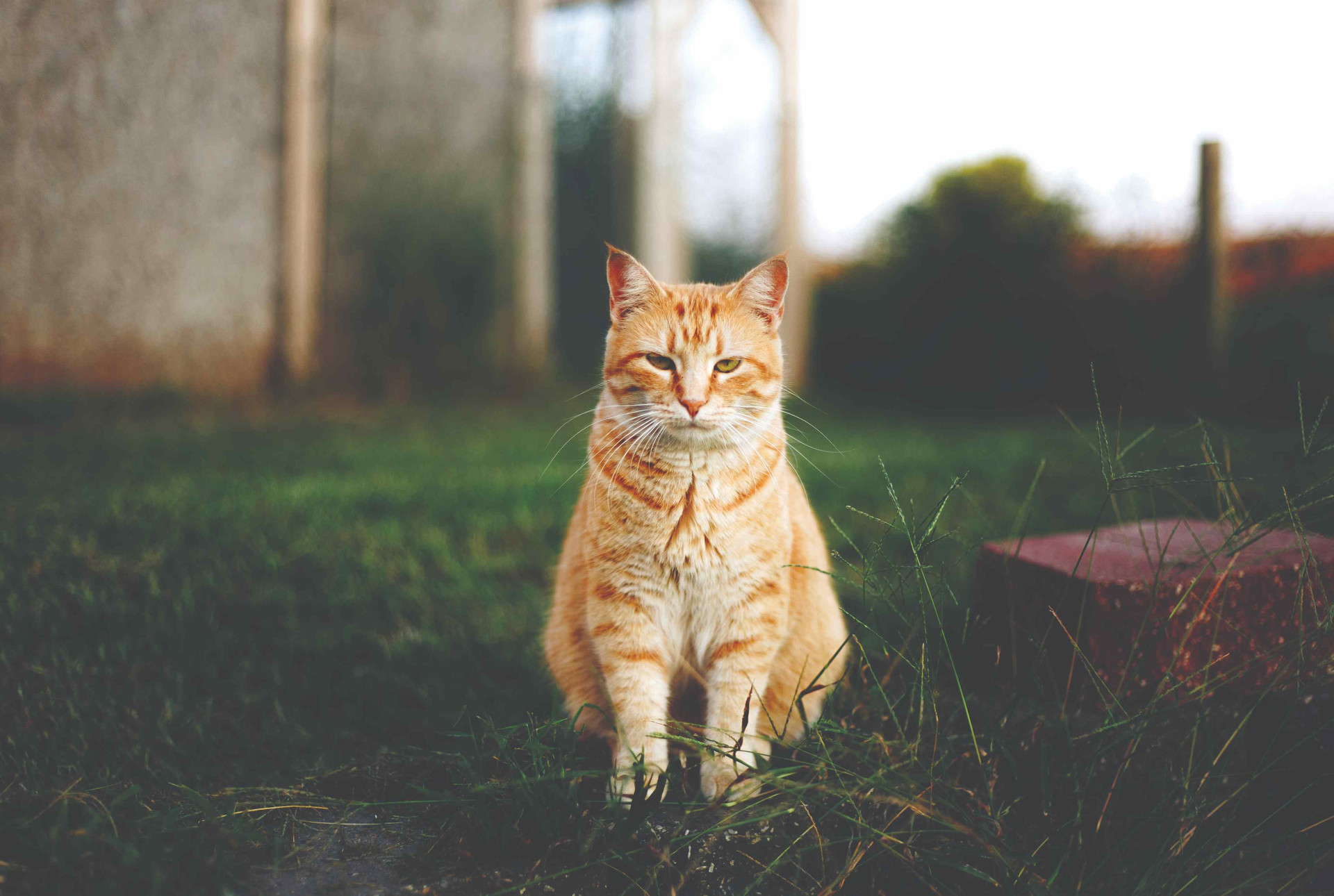
The earliest traces of cats’ close contact with humans showed they were domesticated, in the remains found in the ancient tomb of an Egyptian pharaoh named Anen in Thebes. In this tomb there is a picture of a cat holding a duck in his arms and playing with a monkey under a chair. This tomb was built around 1,800 BC. Therefore, it is thought that cats were first domesticated in Egypt, about 4,000 years ago. Moreover, the ancient Egyptians loved cats very much. They worshiped the goddess Bastet (or Pasht) whose head was a cat’s head.
Recently, in the ruins of an ancient Ptolemaic temple in Alexandria - a port city located along the Mediterranean coast, many statues of the cat god Bastet have been found, which proves that this may be the first Ptolemaic temple dedicated to the cat god discovered in Alexandria.
Cat - a sacred animal
The cat’s noble status was earned from its ingenious abilities of catching mice in granaries in Egypt. When Egyptians went abroad, if they met a cat, they had to find ways to bring it to their country. This excessive devotion caused many calamities to visitors to Egypt at the time as well. The law stipulated that anyone who accidentally killed a cat would be executed. If a cat died in a house, it would be a misfortune for the family, everyone in the house had to mourn it.
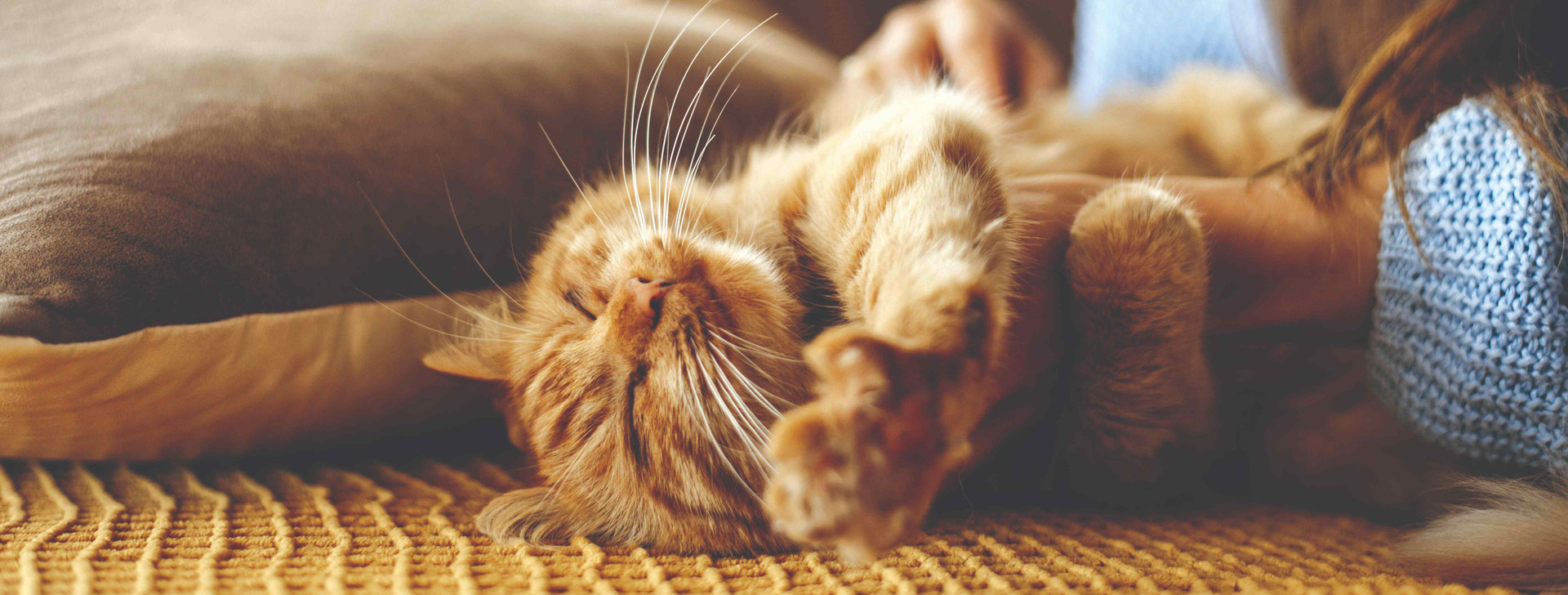
In 1860, archaeologists discovered a large mausoleum in Egypt, in which 180,000 cat families were buried, many cat bodies were mummified and contained in precious gem coffins. The country with the second most cats was probably Palestine because at that time Palestine had a trading relationship with Egypt. Specifically, in the country, there is an ivory statue of a lying cat being kept until now. But cats were only introduced to many other places around the 5th century BC- the period when Egypt had relations with Greece and Rome. Greek merchants smuggled a number of cats home, and today in the Temple of Athens there is a marble slab depicting a dog and a cat fighting with each other. This temple was built around 480 BC.
But cats only developed much in Europe during the Roman Empire period. An ancient coin in Southern Italy about 440 BC has a picture of a cat, and by the Christian era (about 200 AD) the cat became a familiar animal. Here, perhaps the African-Egyptian cat was crossed with the European wildcat, thus carrying the characteristics of these two species.
Another piece of evidence is how cats are called. The scientific name of the domestic cat is Felis catus, Latin is “catus”, English is “cat”, French is “chat”. Linguists think it comes from the name of the Egyptian goddess Pasht being mispronounced.
Asian cat ... 2000 years old
2,000 years ago. It is said ‘at least’ because if the cat dug in the Indus valley was domesticated, another 2,000-year time has to be added.
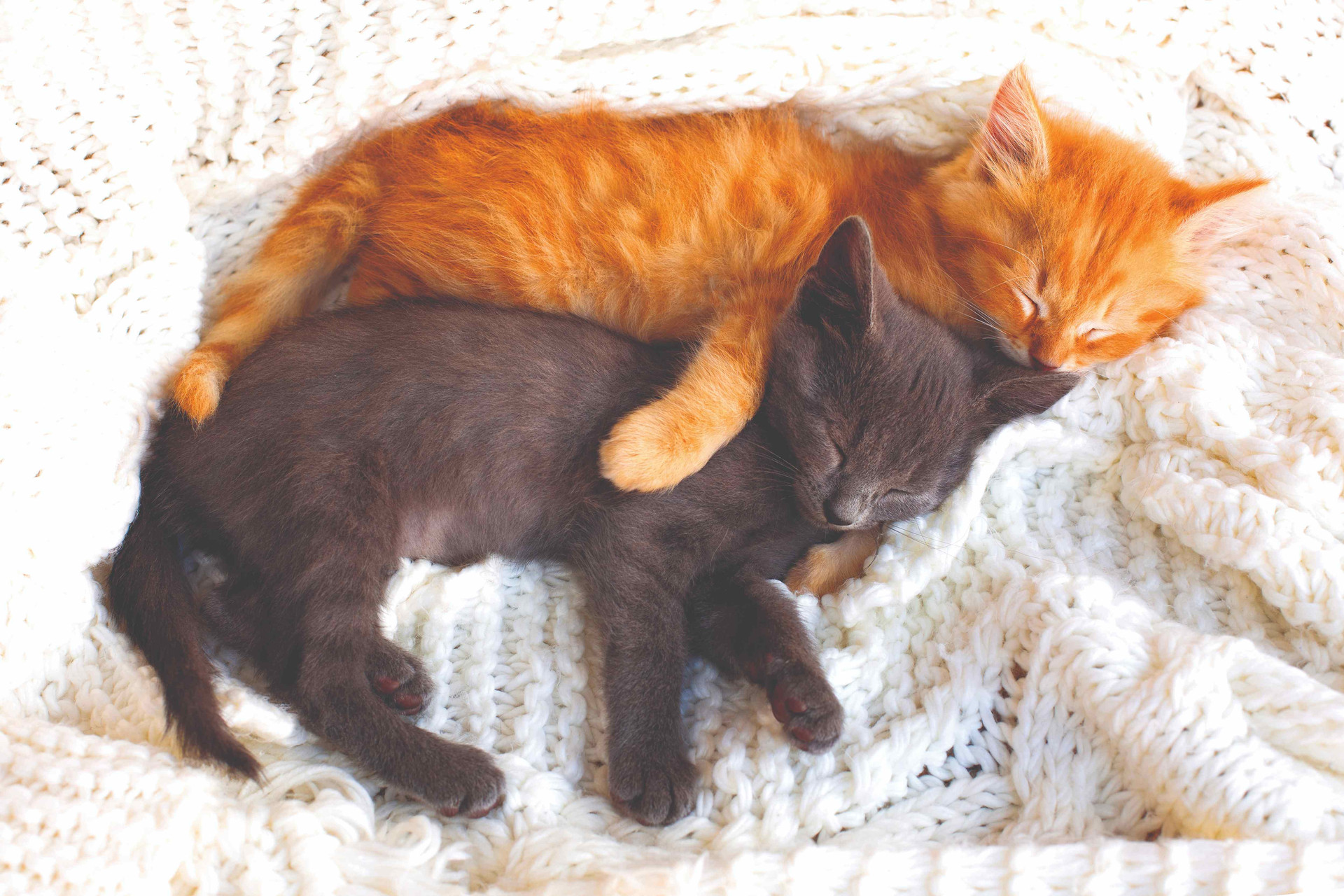
Many people believe that Indian cats were also Egyptian cats that were brought from Babylon, around the 2nd century BC.
Southeast Asia has a very famous Siamese cat line, originating in Thailand. Siamese cats, raised in the large number worldwide because of their intelligence, easy to teach, good at catching mice. There is a theory that Siamese cats are also descended from Indian cats. However, it is still unclear.
In the Isle of Man (Europe) there is a famous line of tailless cats, called Manx. It is thought the cat line is due to a “mutation” of the European domestic cat. Manx cats run very fast thanks to its long and strong hind legs, they are good at catching mice, fish and even hunting snakes.
The reason there are many different theories because it is very difficult to distinguish domestic cats from wildcats based only on... their skeletons. According to the usual tendency of long domesticated animals, many archaeologists believe that today’s domestic cats are smaller, with wider facial bones and shorter muzzles, and a different tooth structure, like in the case of wild boars with domestic pigs. However, this also has not been agreed by zoologists.
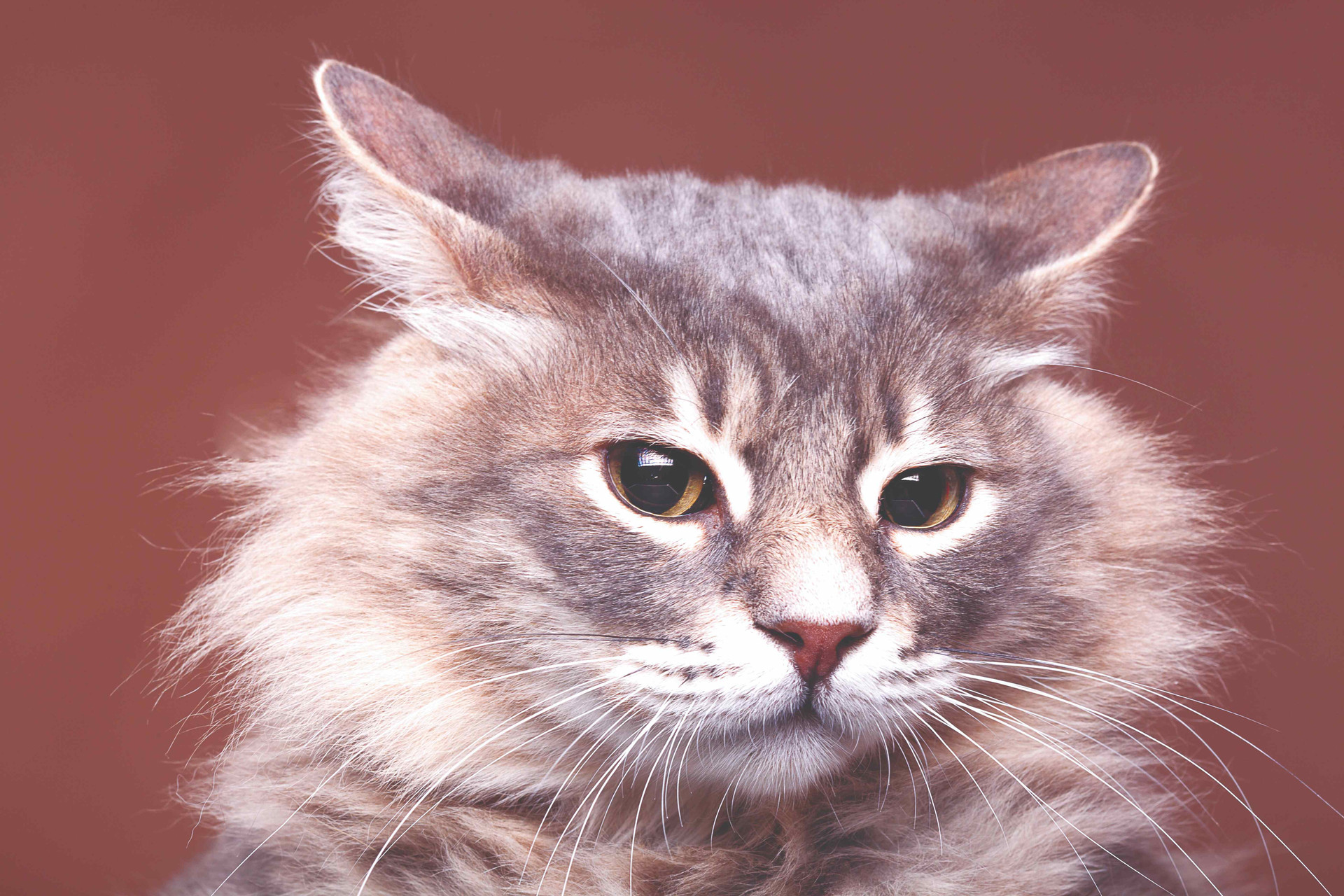
Currently, it is known that domestic cats (Felis catus) have over 30 different lines and the easiest way to distinguish them is to divide them into 2 groups: short-haired and long-haired. Vietnamese cats, Siamese cats, Egyptian cats belong to the group of short hair, probably originating from the African wildcat that Egypt domesticated first. Beautiful long-haired cat, famous as the Persian, with a brightly colored neck fur ring, a short nose, a broad face, and the Angora (formerly known as the Turkish Ankara) with long fur at the base of the tail, a long but flat and upturned nose.
